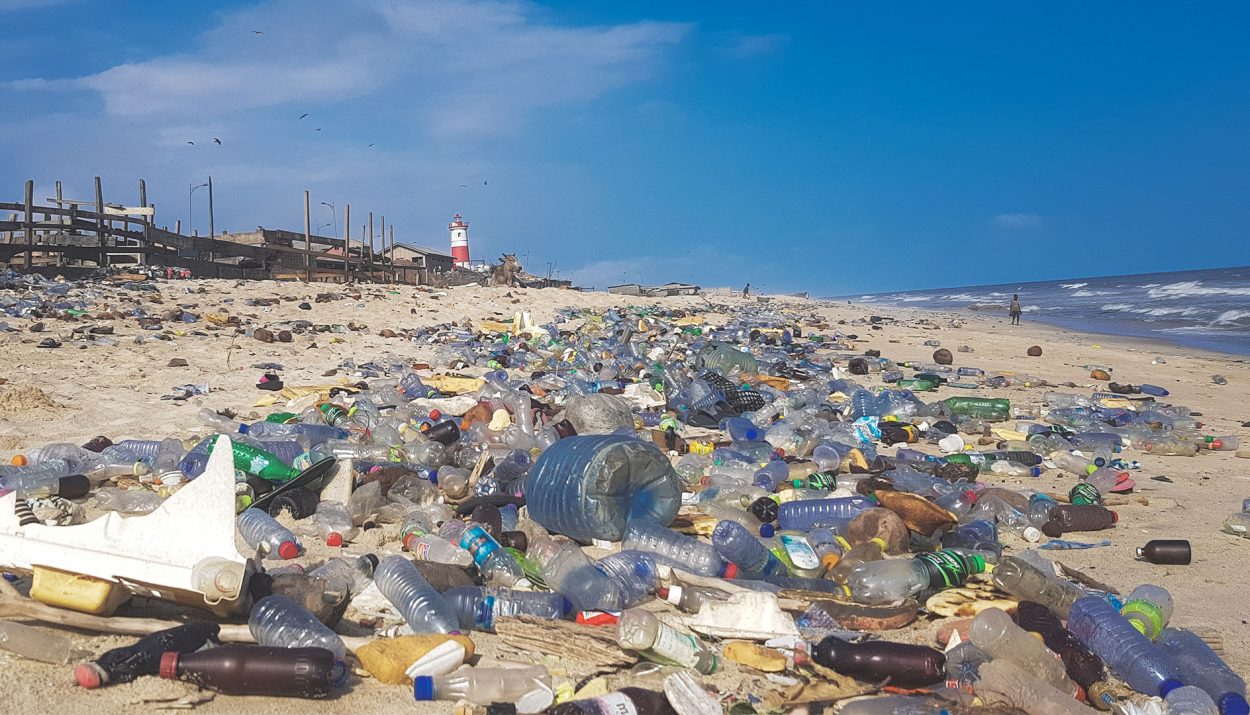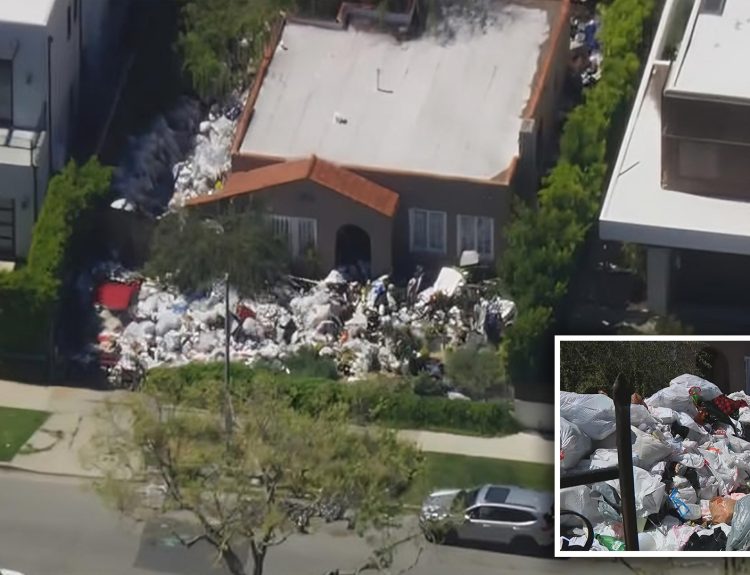The environment has become a more and more significant issue in the last few decades as awareness of the climate crisis has reached its peak. Younger people in particular see the environment and climate change as an existential crisis that needs to be addressed presently, and scientists are working hard to keep up with both changing technology and changing attitudes.
Plastic: A Modern Marvel
In particular, the issue of plastic and industrialization on the planet has become increasingly challenging. Plastic is a marvel of modern innovation, that much cannot be denied, but it has also become a significant burden on efforts to curtain our worldwide carbon footprint and our environmental impact.
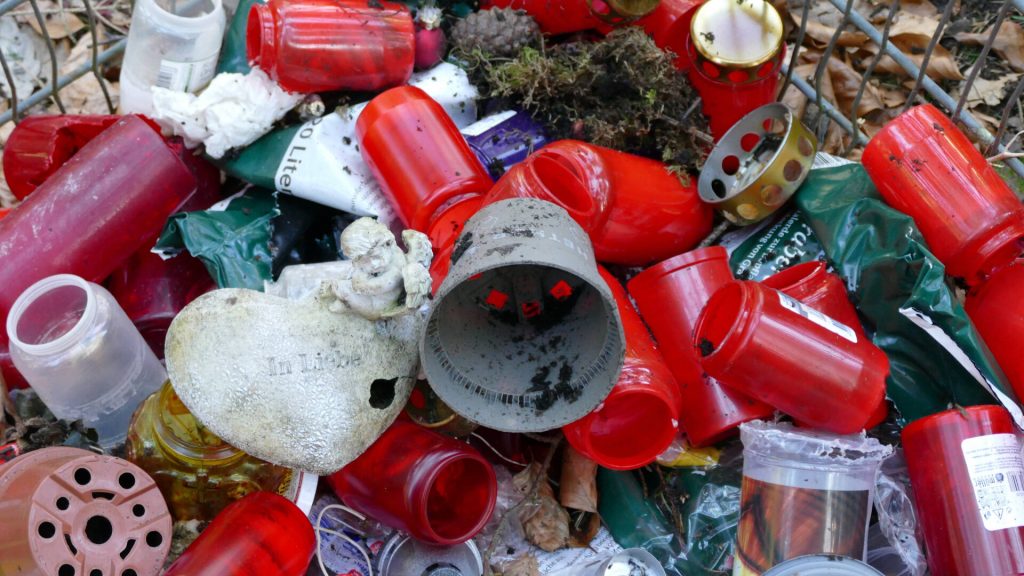
While plastic has become a staple in many aspects of life for individuals across the world, the question of what to do with the thousands of tonnes of new plastic that are being produced every day has yet to be answered satisfactorily.
Plastic is in Everything
It has infiltrated nearly every aspect of life, from food to haircare to machinery to industry. Plastic is durable and easily made, and one of the initial selling points of plastic – its permanence – has become a significant burden for the planet.

This can be seen in various conversations around plastic. Beach cleanups and the Pacific Garbage Patch are conversations to be had around plastic making its way into oceans across the world, and microplastics in fish is a conversation to be had around industry. The environmental impact of plastic cannot be ignored, or mitigated.
Not Environmentally Friendly
Unfortunately, though there are dozens of ways to take crude oil and turn the molecules into unbreakable cells in new plastic, there are few ways of recycling plastic efficiently, or well. The plastic molecules were, scientifically speaking, simply not created to be broken down and reused, which has created a challenge for the sustainability movement.

The most efficient way of recycling plastic that has been found is to grind down the plastic items and then melt down the bits, at temperatures hot enough to weaken the molecular bonds. The recycled plastic can then be reshaped into something new, but the new plastic is nowhere near as high of quality as the item that was initially broken down. There are only so many times that plastic can be “recycled” in this way, creating yet another problem.
Limitations to Current Recycling Technology
Additionally, there are limitations as to which types of plastic are able to be recycled. The most commonly recycled plastic is PET, which is the plastic that is often used in packing such as soda and water bottles. According to environmental agencies, approximately 30% of PET in the United States is recycled, compared to approximately 50% in Europe.
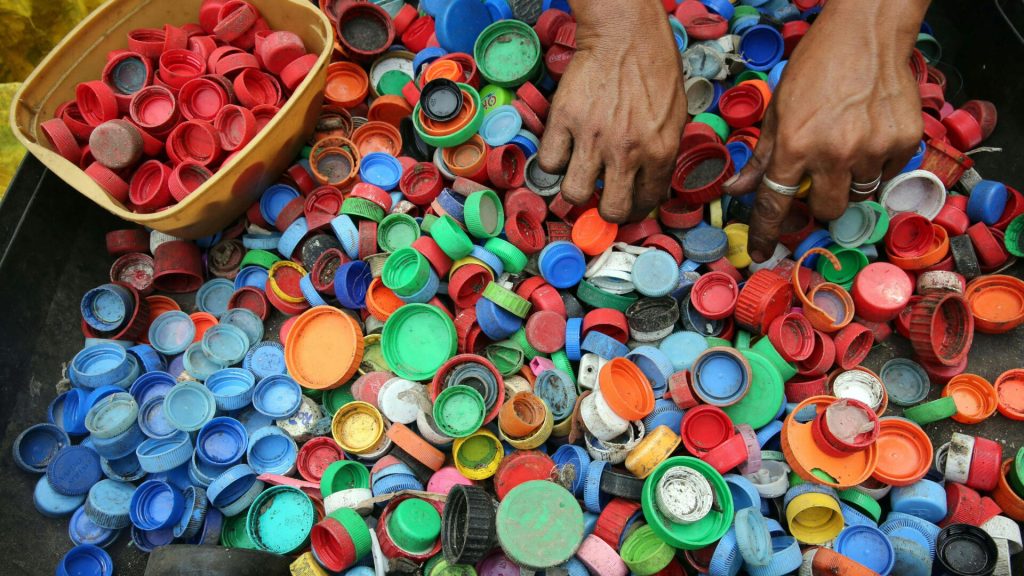
All plastic is not created equal, though. Styrofoam, for instance, is a popular plastic product that is, unfortunately, completely unable to be recycled or broken down further from its state. It’s generally the result of recycling other types of plastic until they reach the end of their usefulness, but the question of what to do with styrofoam and other types of persistent plastic waste still has yet to be answered by traditional recycling methods.
Natural Solutions to the Crisis
Some scientists have sought to address some of the shortfalls of the recycling process by looking to the environment. Since the early 2000’s, some scientists have been examining the effect of different bacterias and enzymes on plastic, looking for a potentially natural solution to the environmental crisis of plastic.
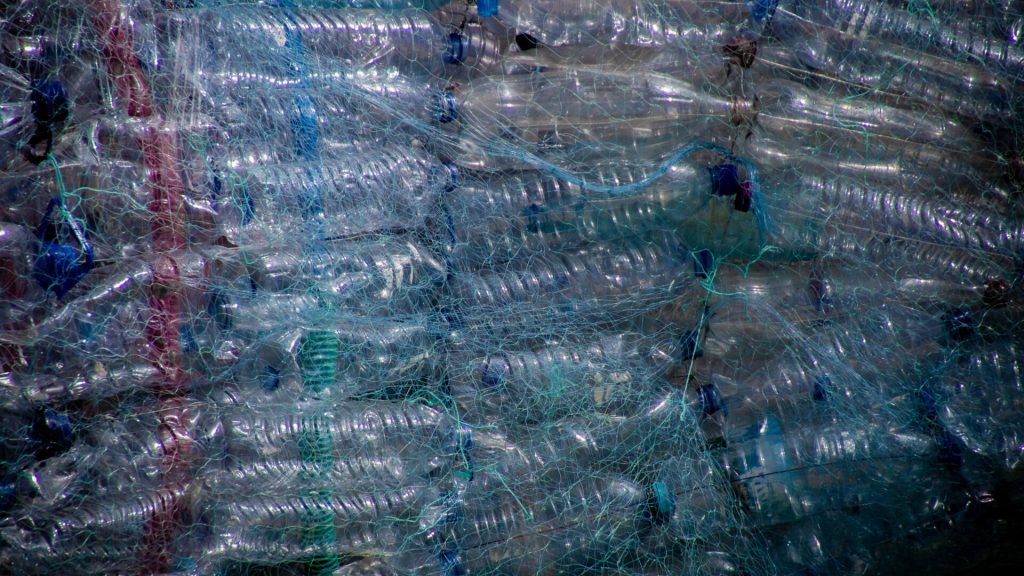
Some of these methods have proven to be wildly successful, with an enzyme having been discovered that can, essentially, break plastic down to organic matter that can be eaten and dissolved by bacteria. While an incredible achievement, this does not address many issues that come with the tonnes and tonnes of plastic that are being produced every day.
Plastic in the Environment
Likewise, some have focused on the issue of getting plastic out of the environment altogether. Animals and plants are being particularly burdened by the issue of plastic, which can be seen in the fishing industry where fish are being caught starving, their stomachs completely full of consumed microplastic bits.
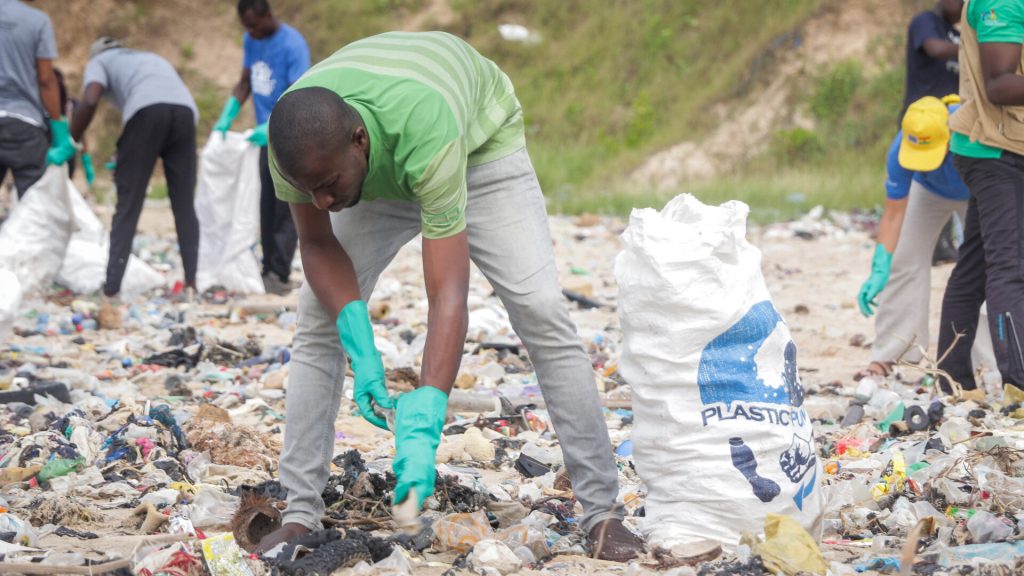
Environmental crises such as the Great Pacific Garbage Patch are a stark example of how plastic has been burdening the environment. Current estimates of the size of the patch – which is two distinct collections of debris in the Pacific Ocean – place the square footage at more than 620,000 square miles, which is more than twice the size of the state of Texas.
Not Enough Progress Has Been Made
Despite the various and clear evidence of the way that plastic is a burden to the environment, enough progress still has not been made towards addressing the problem. The various solutions have worked as a bandage on the problem, but bigger steps are needed in order to make a significant impact on the issue.
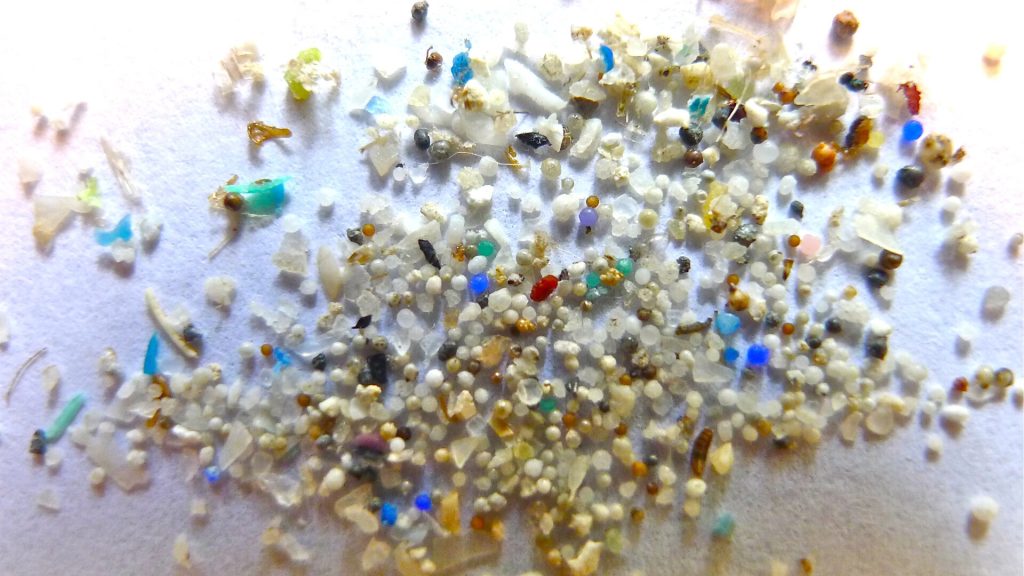
Researchers out of the University of Colorado, Boulder campus, appear to be on the brink of making significant progress towards this problem, though. Studies into different ways of breaking down plastic may have created a new and revolutionary method for recycling the material.
Chemical Reactions to Dissolve Plastic
The process is called electrochemical plastic dissolution. The scientists, using chemical reactions and electrolysis, were able to conceptualize and execute a process that can disintegrate PET plastic in just a few hours.
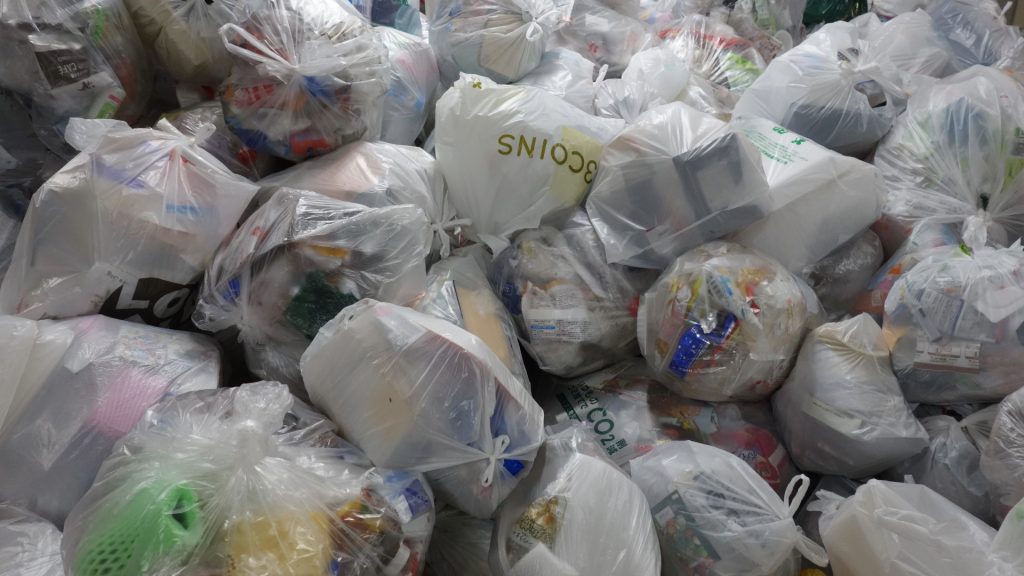
The process, in basic terms, separates the components of PET plastic down into its molecular materials so that they can be reused again. This addresses two significant issues in modern plastic recycling: the degradation of the materials as they are recycled over and over again, and the fact that new plastic is simply more cost-effective to produce when compared to recycling old plastic.
Further Development is Needed
One of the study’s co-authors, Oana Luca, released a statement regarding the discovery. “We pay ourselves on the back when we toss something into the recycling bin, but most of that recyclable plastic never winds up being recycled.”
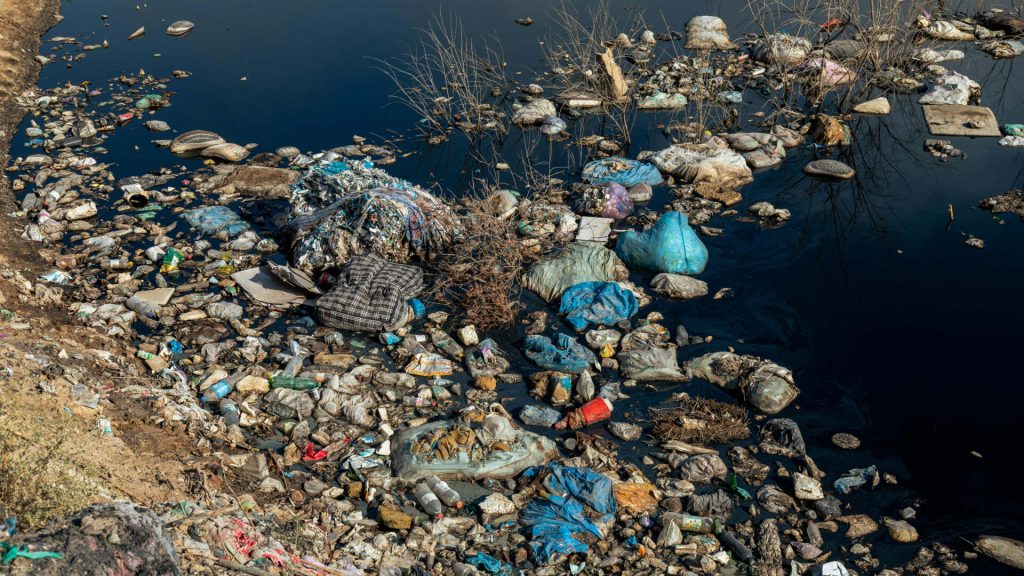
They continued, “We wanted to find out how we could recover molecular materials, the building blocks of plastics, so that we can use them again.” The new process appears to do exactly that, though, as with many new scientific and industrial processes, the procedure still needs development and refinement in order to scale up to significant levels.
Versatility is Important
The next steps regarding this fascinating new procedure is not only scalability, but also versatility. PET plastics are some of the most common plastics that are produced every year, and they are by far the easiest to recycle, even with current methods.

In order for a process like this new one to be viable as a source of recycling plastic, though, it would need to be able to accomplish recycling of many different plastics at once. Separating plastics out into different types is one of the many barriers to recycling plastics efficiently, and if one method could take in multiple types of plastics and process them all together, it would be a significant step in the right direction.
Next Steps
Luca addressed this step in their statement. “If I were to have my way as a mad scientist, I would use these electrochemical methods to break down many different types of plastic at once. That way, you could, for example, go to these massive garbage patches in the ocean, pull all of that waste into a reactor, and get a lot of useful molecules back.”
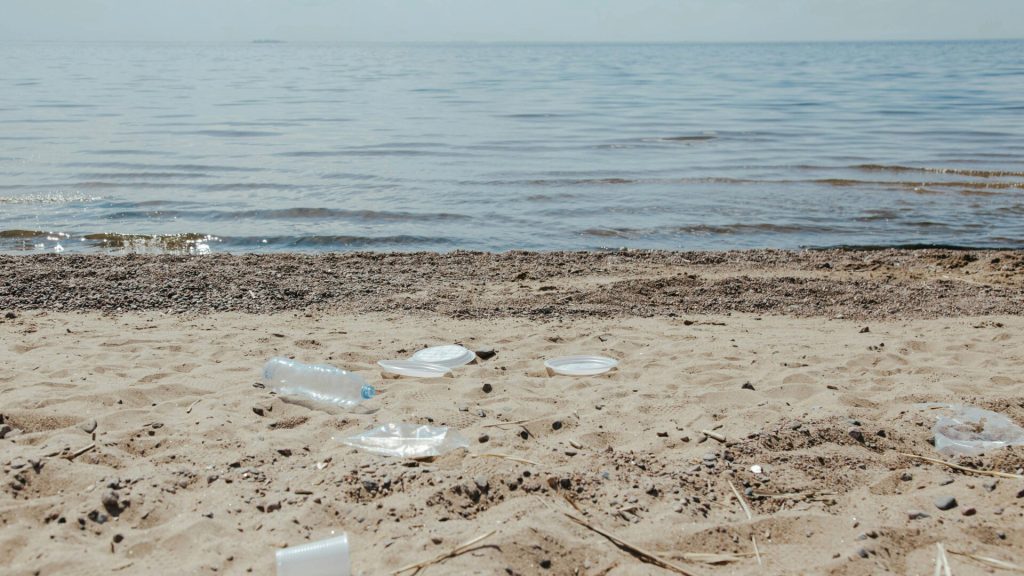
Phuc Pham, a doctoral student in chemistry and the lead author of the paper, supported their colleagues’ conclusions. “Although this is a great start, we believe that lots of work needs to be done to optimize the process as well as scale it up so it can eventually be applied on an industrial scale,” they said.
Looking to the Future
Addressing environmental issues on both a research and a policy level is becoming increasingly important as the months and years go on. Joe Biden ran on multiple different ecological platforms during his 2020 run, and some of his policies and investments are already starting to make an impact.
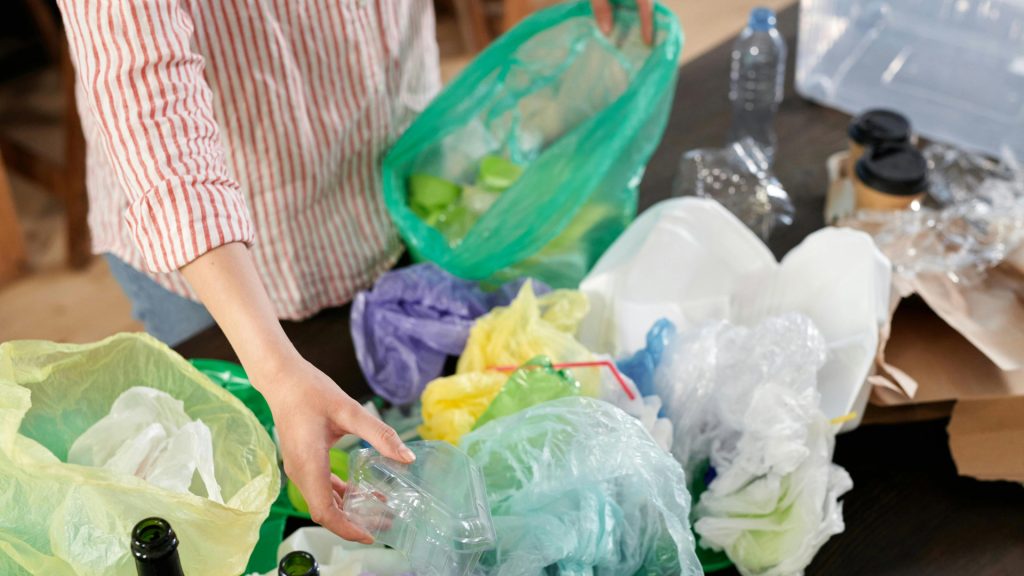
More awareness and more funding will be necessary in the future to make more progress, though. The research being made into plastic recycling is the first step, but addressing the problem at its source is the next biggest resolution to the problem. It will require a shift in messaging and perspective, but where there is a will, there is a way.

